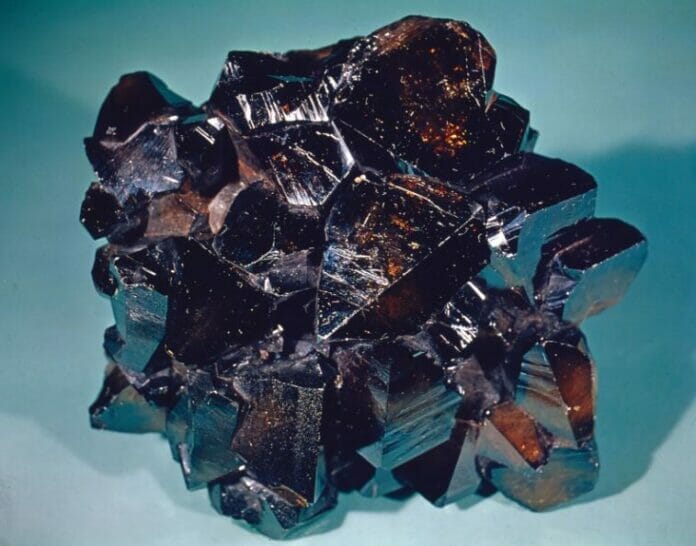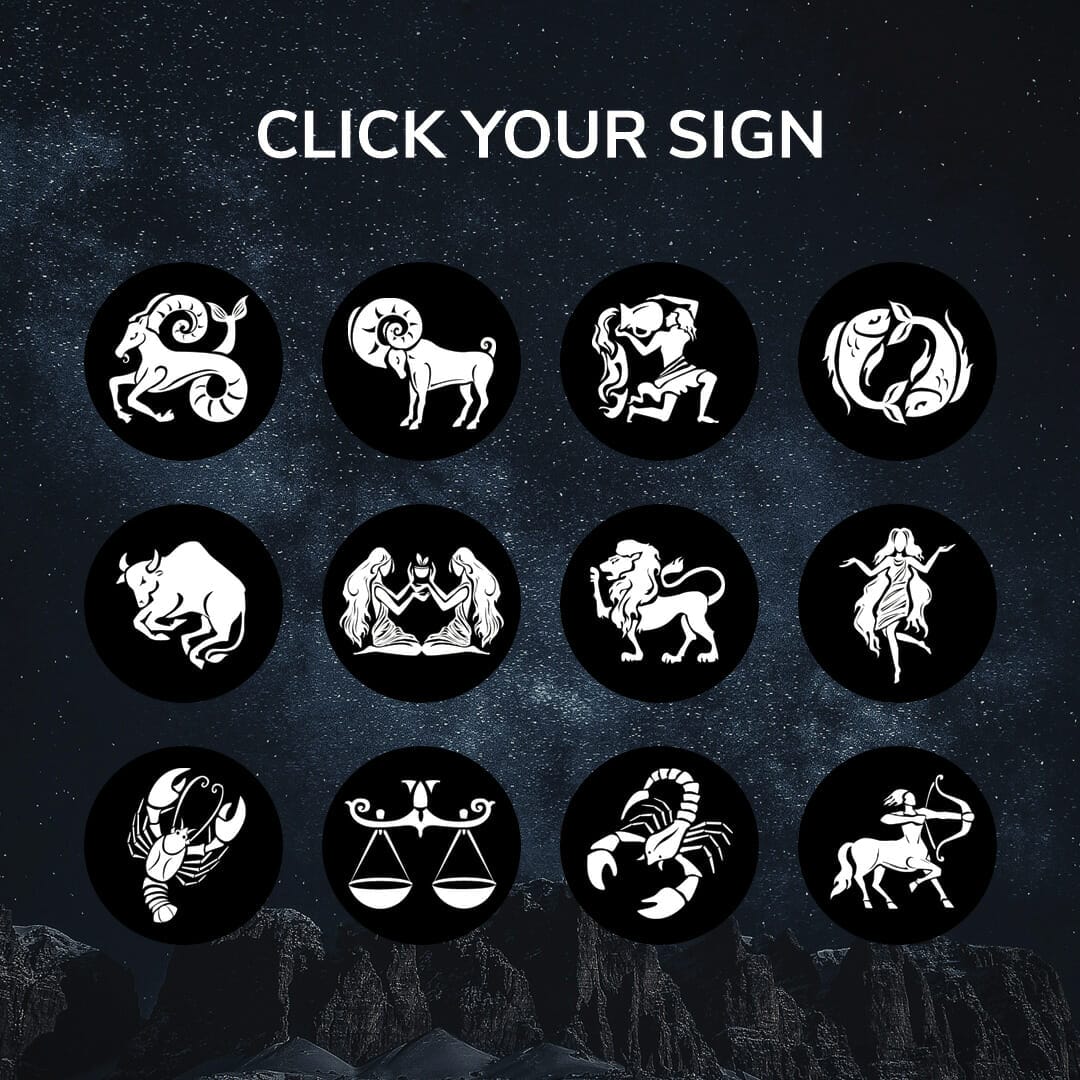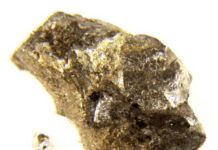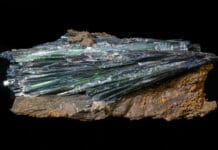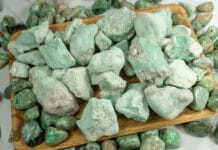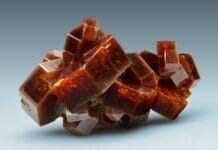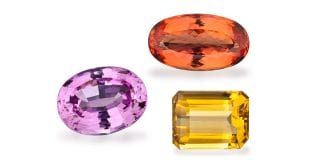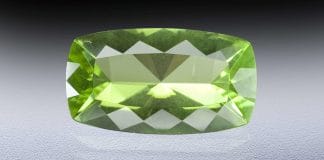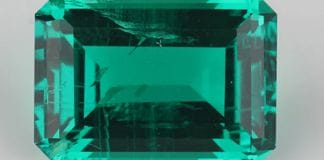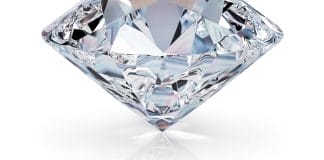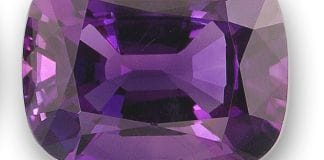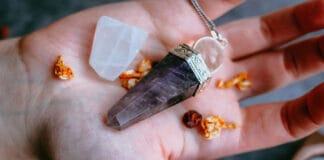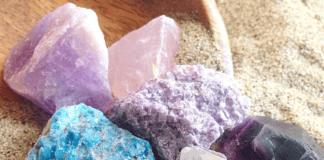Welcome to a captivating journey into the enchanting world of Cassiterite. In this blog, we invite you to unlock the secrets of this mesmerizing gemstone that has captivated hearts for centuries.
Known as the “stone of abundance,” Cassiterite carries a powerful energy that ignites your inner magic and amplifies your manifestations. From its historical significance as the major ore of tin to its remarkable metaphysical properties, Cassiterite has a story to tell.
Prepare to be spellbound by the magic of Cassiterite!
What Is Cassiterite?
Cassiterite is a tin oxide mineral, a valuable dough tin metal. It is typically found in granite and pegmatite rocks and is known for its reddish brown to black color, often accompanied by a high luster.
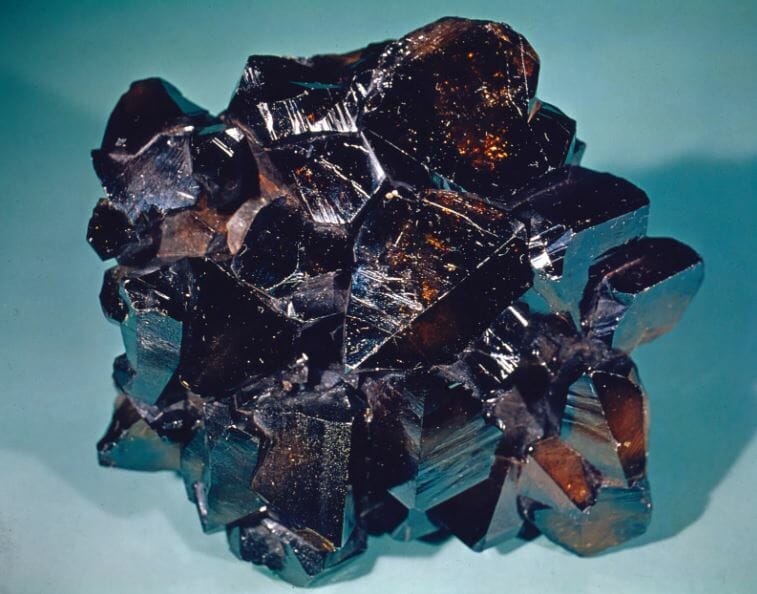
The Cassiterite has been used for thousands of years, primarily for its tin ore content, which mining cassiterite has various industrial applications, including the production of solder, alloys, and electronic devices. However, beyond its utilitarian value, cassiterite holds a special place in the world of tin stone.
It’s unique properties and captivating appearance have made it a sought-after stone for jewelry and spiritual practices.
The Cassiterite Crystals Meaning
The meaning of cassiterite crystals extends beyond their physical beauty. The primary Cassiterite’s importance is often associated with grounding and manifestation, helping individuals bring their dreams and desires into reality.
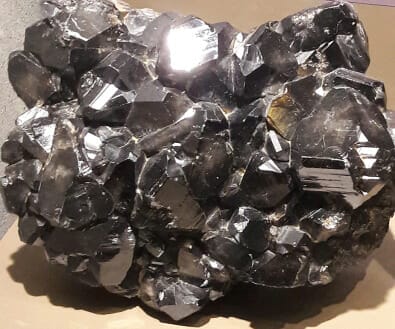
It is believed to enhance focus, determination, and willpower, providing the necessary strength to overcome obstacles and achieve goals. This gemstone is also thought to promote abundance, prosperity, and wealth, attracting opportunities and success. Cassiterite crystals are said to connect with the Earth’s energies, fostering a sense of stability and balance.
Additionally, primary Cassiterite are believed to enhance intuition and spiritual growth, offering insights and guidance on one’s life path. Overall, cassiterite crystals carry a profound meaning of empowerment, manifestation, and spiritual connection.
Best Uses Of Cassiterite Crystals
Cassiterite crystals have a variety of uses due to their unique properties and energies. Here are some of the best uses of cassiterite crystals:
Jewelry
Cassiterite crystals are popularly used in jewelry due to their stunning appearance and metaphysical properties. They can be incorporated into rings, necklaces, earrings, and bracelets, allowing individuals to carry the stone’s energy with them throughout the day.
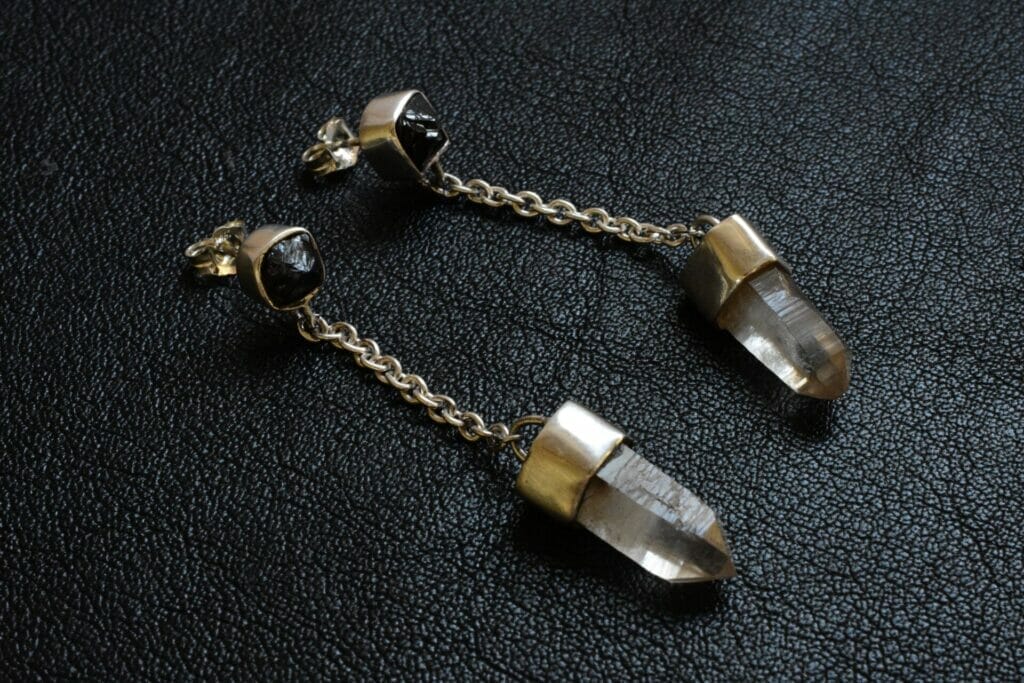
Until now, there have been no reported instances of synthetic “star cassiterite” in the jewelry industry. In 2001, the Gemological Institute of America (GIA) conducted a study on gems that do not naturally exhibit asterism but were artificially manipulated to display this effect. Among the tested gems was a supposed “star cassiterite.”
Feng Shui
Cassiterite crystals can be placed strategically in homes or workspaces to attract abundance and prosperity. They are believed to enhance wealth and financial opportunities when placed in areas associated with money, such as a wealth corner or a cash register.
Collecting And Display
Cassiterite crystals are fascinating common mineral specimens and can be appreciated for their aesthetic value. They are prized by collectors for their unique formations, color variations, and crystal structures.
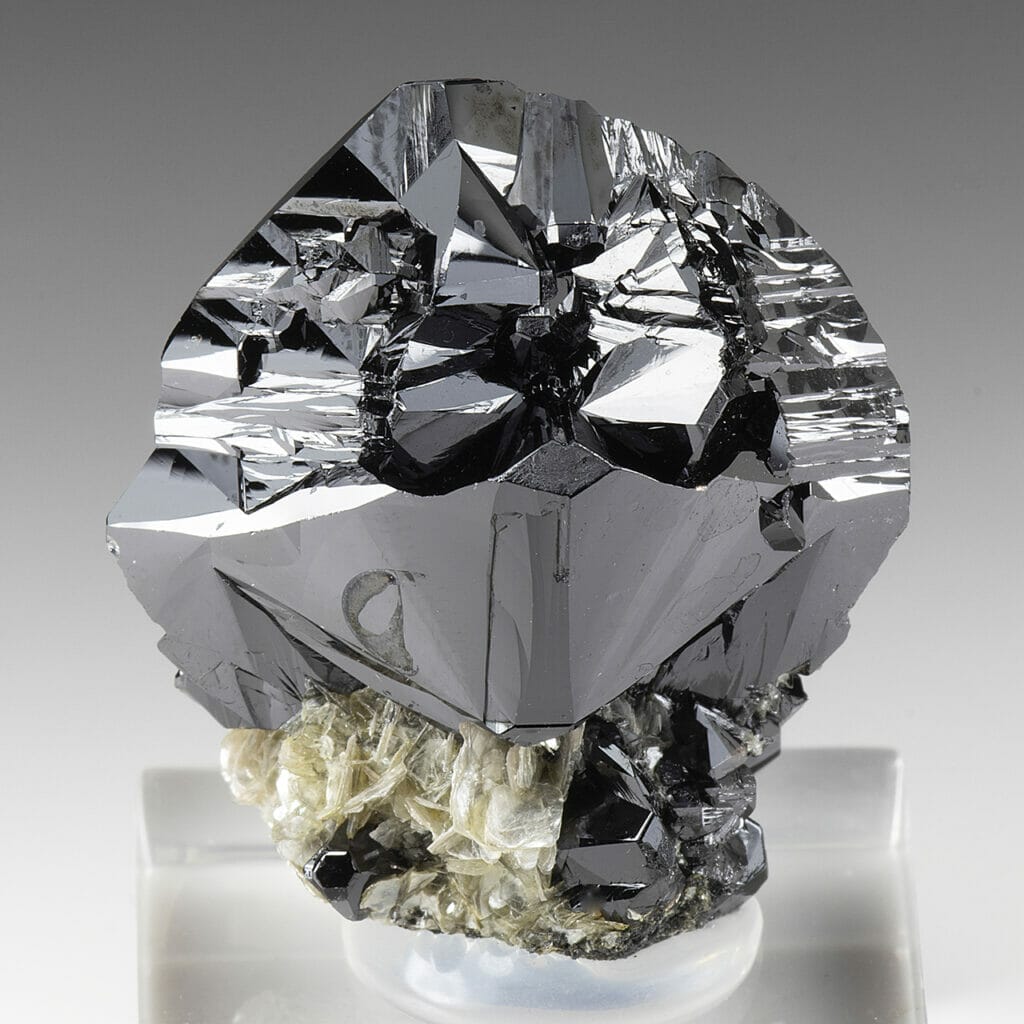
Physical Properties Of Cassiterite Crystals
Cassiterite crystals possess several distinct physical properties that contribute to their unique appearance. Here are some notable characteristics:
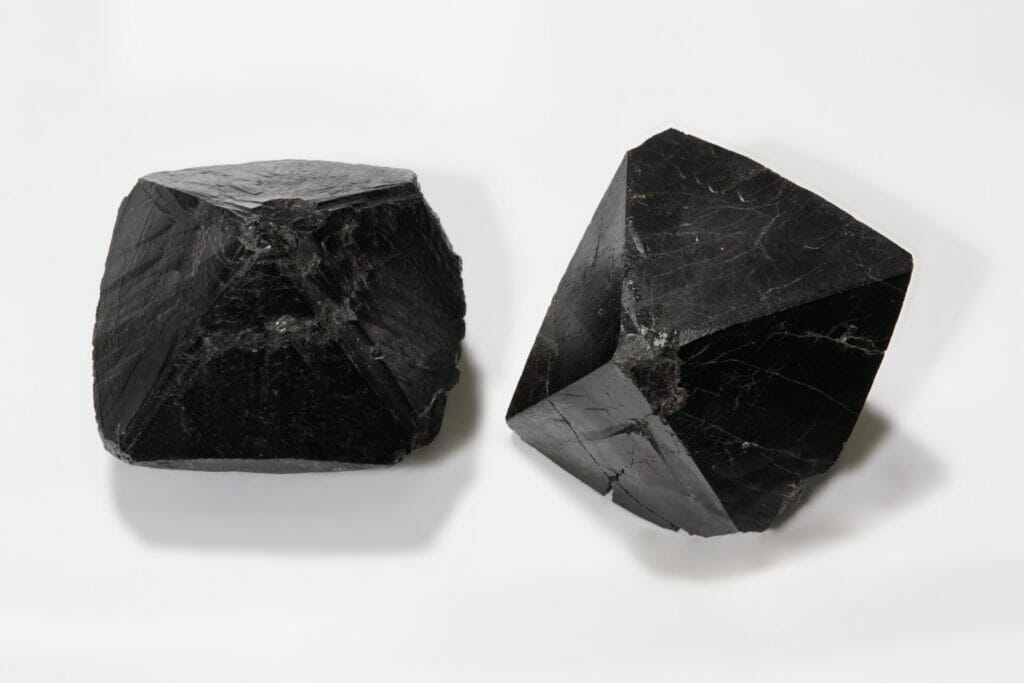
Color: Cassiterite crystals typically exhibit a range of colors, including brown, brownish black, reddish-brown, and yellow. The color may vary depending on impurities present in the crystal structure.
Luster: These crystals have a high adamantine luster, often appearing metallic or adamantine. This gives them a shiny and reflective surface when polished.
Transparency: Cassiterite crystals are usually opaque, meaning they do not allow light to pass through. However, some rare specimens may display translucency or even transparency.
Crystal System: Cassiterite belongs to the tetragonal crystal system, characterized by four-sided prismatic crystals with a square cross-section. The crystals can be tabular, short, or long prismatic, depending on their growth conditions.
Cleavage: Cassiterite has distinct basal cleavage, meaning it breaks along planes parallel to its basal structure. The cleavage is rarely observed due to the crystal’s hardness.
Hardness: Cassiterite ranks high on the Mohs scale of hardness, ranging between 6 and 7. This makes it a relatively durable gemstone that can withstand wear and tear.
Density: Cassiterite is a high density mineral, with a specific gravity ranging from 6.7 to 7.1. This higher density is due to its tin ore content.
Crystal Form: Cassiterite crystals often occur as prismatic or pyramidal formations, and they can exhibit striations or growth patterns on their surfaces.
Streak: The streak of cassiterite is typically brown to light gray, reflecting the mineral’s color when it is crushed against a rough surface.
High temperature hydrothermal veins are of significant interest to the mining industry as they can be lucrative sources of valuable minerals. Additionally, they provide valuable insights into the geological processes and history of the Earth’s crust.
The Cassiterite Crystal Healing Properties
Cassiterite crystals are believed to possess several healing properties that can benefit individuals on an emotional, physical, and spiritual level.
While these properties are based on metaphysical beliefs and should not replace medical advice or treatment, here are some commonly associated healing properties of cassiterite crystals:
Grounding And Stability
Cassiterite crystals are known for their grounding energy, helping individuals establish a sense of stability and security. They can assist in connecting with the Earth’s energies and fostering a solid foundation, both emotionally and spiritually.

Manifestation And Willpower
Cassiterite crystals are often used to enhance manifestation abilities and strengthen one’s willpower. They can amplify intentions and support individuals in achieving their goals by boosting determination, focus, and perseverance.

Emotional Healing
Cassiterite crystals are thought to have a calming and soothing effect on emotions. They can assist in releasing emotional blockages, promoting emotional healing, and restoring balance and harmony.

Protection
These crystals are believed to have protective properties, shielding individuals from negative energies and psychic attacks. They can create a protective barrier and enhance personal boundaries.

Confidence And Courage
Cassiterite crystals are associated with enhancing self-confidence and courage. They can inspire individuals to step out of their comfort zones, embrace challenges, and pursue personal growth with bravery and resilience.

Spiritual Growth
Cassiterite crystals are said to enhance spiritual growth and intuition. They can facilitate a deeper connection with one’s higher self, promote spiritual insights, and support individuals in their spiritual journey.

Physical Healing
While not scientifically proven, some believe that cassiterite crystals can aid in physical healing processes. They are thought to have a positive impact on the nervous system, support the healing of bones and tissues, and promote overall vitality and well-being.

The Different Types Of Cassiterite Crystals
Cassiterite crystals come in various types and formations, each with its own unique characteristics. Here are some of the different types of cassiterite crystals:
Prismatic Cassiterite
This type of cassiterite crystal is characterized by its elongated, prism-like shape. The crystals can be short or long prismatic, with multiple faces and sometimes exhibiting striations on their surfaces.
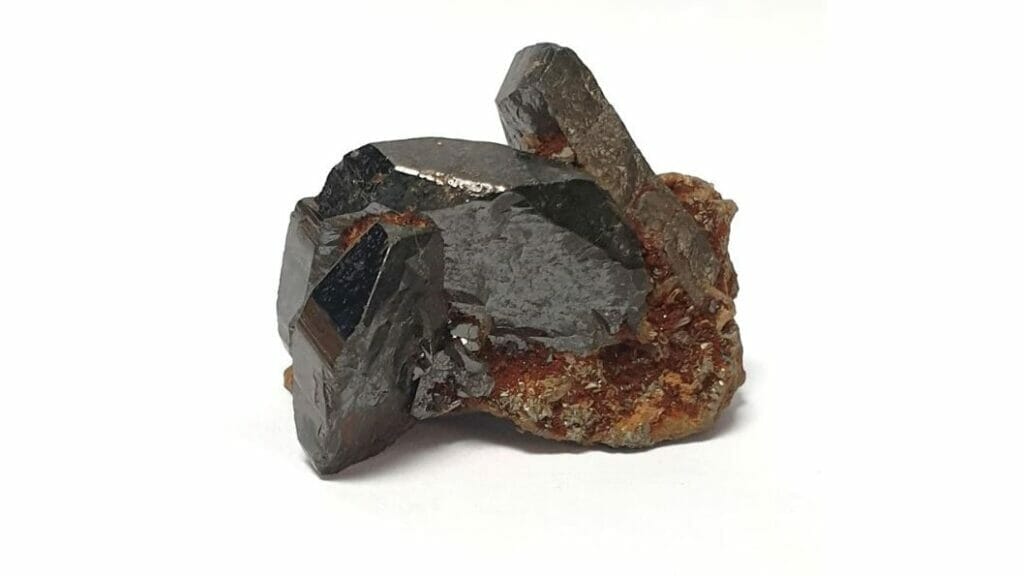
Tabular Cassiterite
Tabular cassiterite crystals are flat and plate-like in shape, resembling thin tablets or discs. They typically have a square or rectangular cross-section and can be transparent or opaque.
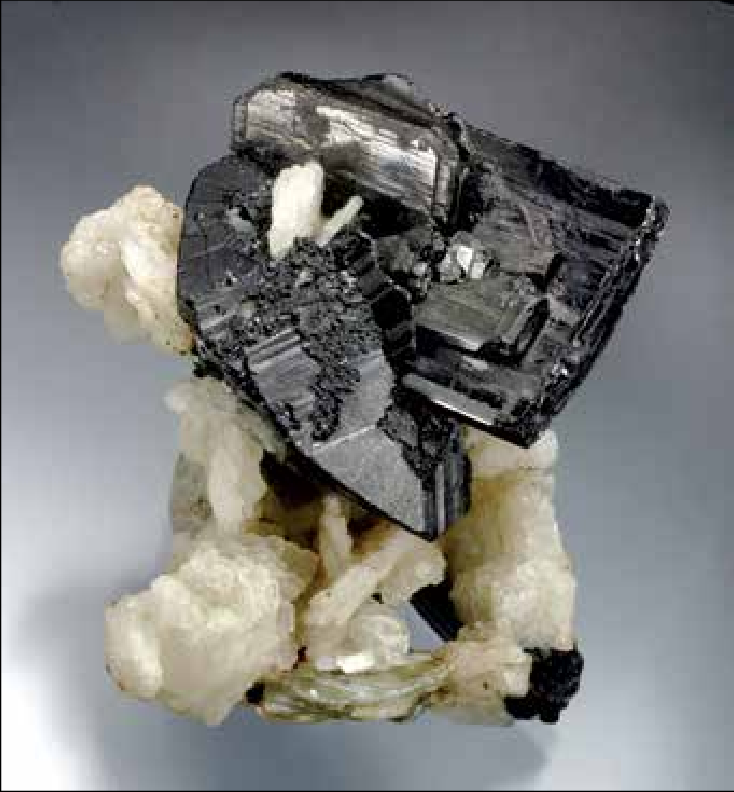
Pyramidal Cassiterite
Pyramidal cassiterite crystals form with pointed terminations, resembling pyramids. These crystals often have a four-sided or six-sided pyramid shape, adding to their visual appeal.
Twin Cassiterite
Twinning is a phenomenon where two or more crystals of the same mineral grow together in a symmetrical pattern. Twin cassiterite crystals can display twinning planes or symmetrical arrangements, creating intriguing formations.
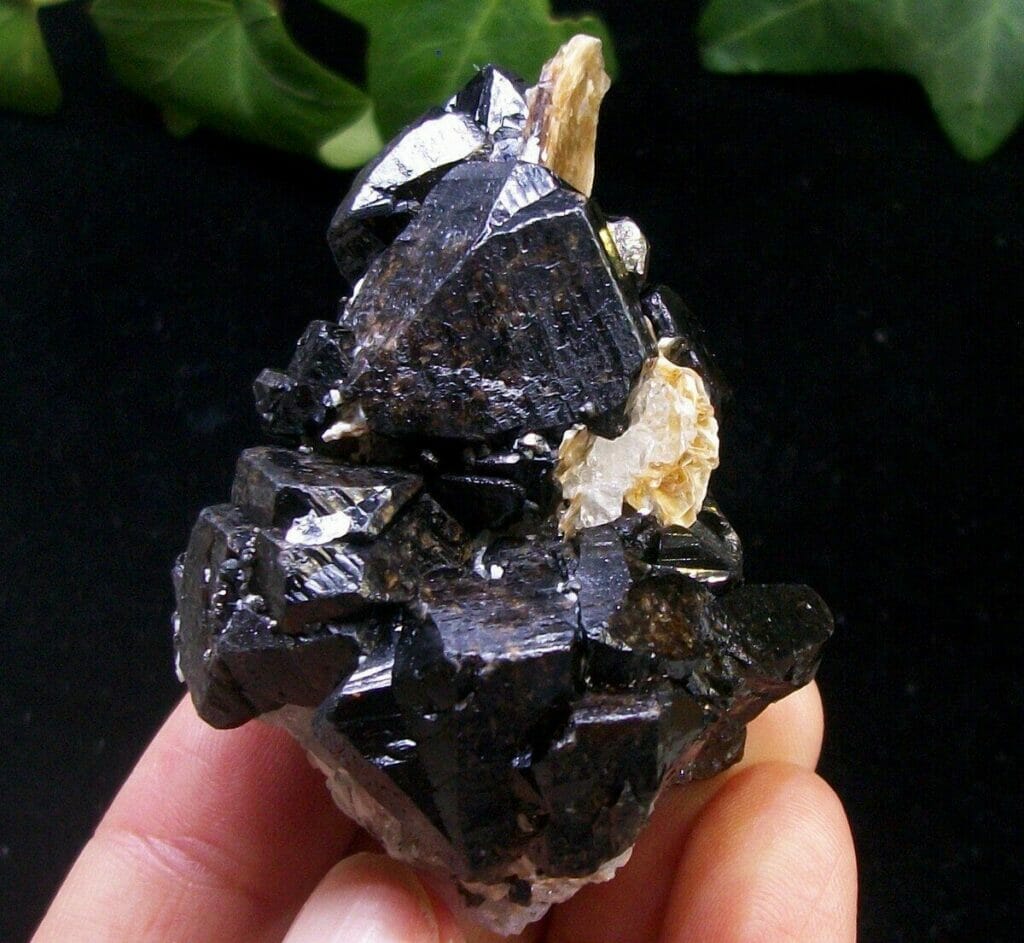
Botryoidal Cassiterite
Botryoidal cassiterite crystals form in rounded, grape-like clusters. They have a bumpy, globular texture and often exhibit a concentric or radial pattern. This type of cassiterite is typically found in nodules or as coatings on other minerals.

Alluvial Cassiterite
Alluvial cassiterite refers to crystals found in sedimentary deposits, such as riverbeds or alluvial deposits. These crystals are often rounded or worn due to the erosion and transportation processes.
Cassiterite primarily occurs within granite, rhyolite, and pegmatite veins, while also being present in alluvial placer deposits. In the latter case, minerals, including cassiterite, are transported by water and deposited in new areas, particularly in the stream tin variety.
Crystal Aggregates
Cassiterite crystals can also occur in aggregate forms, where multiple crystals grow closely together, forming clusters or intergrown masses. These aggregates can have various shapes and sizes, depending on the specific growth conditions.
FAQ’s
What is a Wood Tin Cassiterite?
Wood tin, also known as cassiterite wood, is a unique occurrence where cassiterite crystals grow within the structure of certain trees or logs. Wood tin Cassiterite is a fascinating combination of mineral and organic material.
Where is cassiterite found?
Cassiterite is found in various countries around the world, including Bolivia, China, Malaysia, Brazil, and the Democratic Republic of Congo. It is often found in granite pegmatites rocks.
Can cassiterite be used in jewelry?
Yes, cassiterite is commonly used in jewelry. It is cut into gemstone cabochons or faceted many stones and set into various jewelry pieces such as rings, necklaces, earrings, and bracelets.
What are the industrial uses of cassiterite?
Cassiterite is the primary source of tin, a valuable metal with numerous industrial applications. Tin is used in the production of solder, first metal alloys, coatings, and electronic devices such as circuit boards and semiconductors.
Are there any metaphysical properties associated with cassiterite?
Yes, cassiterite is believed to possess metaphysical properties. It is said to enhance manifestation abilities, promote abundance and prosperity, support emotional healing, and provide protection against negative energies. It is also associated with grounding, willpower, and spiritual growth.
Conclusion
In conclusion, cassiterite is a captivating gemstone that holds both historical significance and metaphysical properties. With its rich colors, high luster, and unique crystal formations, it enchants the senses.
Whether adorning jewelry, enhancing spiritual practices, or seeking grounding and manifestation, cassiterite offers abundance, protection, and emotional healing. Embrace the magic of cassiterite, connect with its grounding energy, and let it guide you on your journey.
Unleash the hidden treasures it holds within and discover the profound meaning, diverse uses, and numerous benefits of this extraordinary gemstone.



